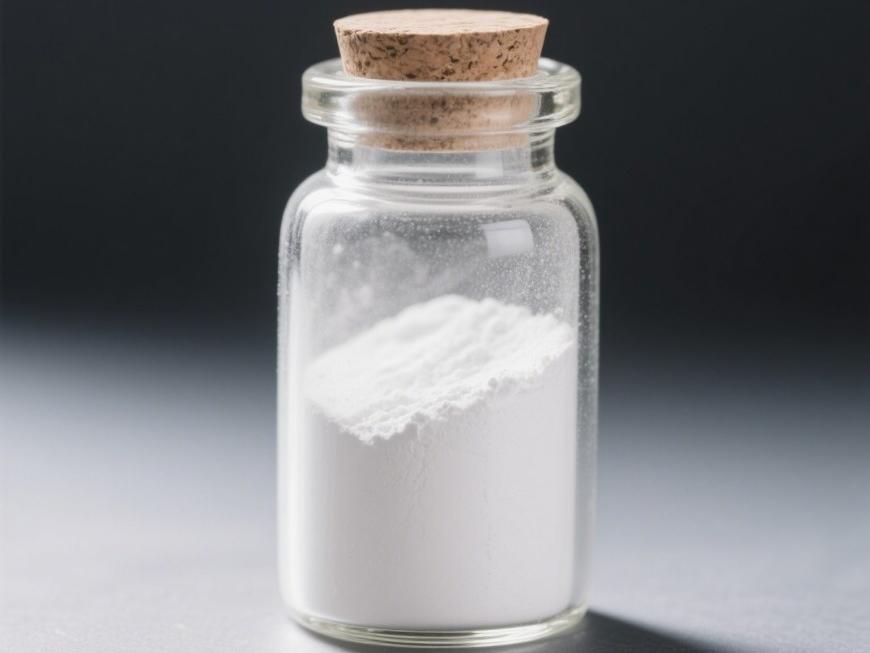Green Spring Technology Supplies Safe, Compliant Hyaluronic Acid Powder to Support Your Product Formulation
Гиалуроновая кислота(HA), also known as hyaluronan, is a naturally occurring polysaccharide. Its molecules are composed of alternating units of D-glucuronic acid and N-acetylglucosamine linked by glycosidic bonds. It possesses excellent hydrophilicity and viscoelasticity, enabling it to bind with water to form solutions exhibiting unique rheological properties.
As a component of the extracellular matrix, hyaluronic acid is widely distributed throughout living organisms, being particularly abundant in skin and connective tissue. It exhibits not only excellent biocompatibility and stability but also characteristics such as low immunogenicity and high viscoelasticity, thereby possessing broad application potential across multiple fields.
Currently, hyaluronic acid - порошок. finds application across multiple industries including pharmaceutical excipients, surgical aids, ophthalmic care, functional foods, and health supplements. With ongoing technological advancements, its scope of application continues to expand, offering greater possibilities for product innovation across various sectors.
1 Microbial Fermentation Emerges as the Predominant Production Method for Hyaluronic Acid
Initiated in the 1970s, microbial fermentation has become the mainstream process for Порошок гиалуроновой кислоты. This method employs non-pathogenic bacterial strains for fermentation, eliminating reliance on animal tissues. It offers advantages including process stability, scalability, and high product purity, aligning with modern safety and compliance requirements for food and cosmetic ingredients.
Зеленый источник (Green Spring) Technology utilises advanced microbial fermentation to produce hyaluronic acid powder, rigorously controlling strain selection, fermentation parameters, and purification processes. This ensures high purity, low endotoxin levels, and excellent batch consistency. Our raw materials encompass multiple molecular weight specifications, catering to diverse product development needs including skincare, medical dressings, health supplements, and eye drops.
Through fermentation technology, Green Spring Technology provides consistently high-quality, reliably supplied, and compliant hyaluronic acid powder solution, assisting enterprises in enhancing end-product competitiveness and market responsiveness. Partners requiring premium hyaluronic acid raw materials are invited to contact Green Spring Technology for samples and bespoke solutions.
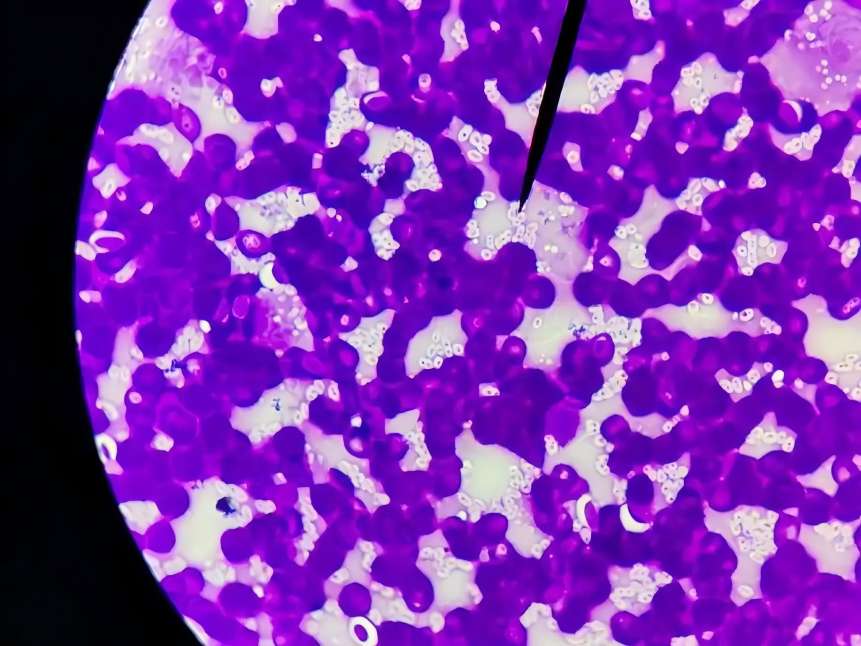
2 Applications of Hyaluronic Acid in Cosmetics
Since the 1980s, hyaluronic acid's exceptional moisturising properties have garnered significant attention within the global cosmetics industry. Presently, it is extensively incorporated into diverse cosmetic formulations, including creams, lotions, masks, serums, toners, lipsticks, and foundations across skincare and colour cosmetics. It is also commonly found in personal cleansing products such as shampoos, conditioners, and facial cleansers.
As an ideal natural moisturising ingredient, hyaluronic acid primarily functions in cosmetics to hydrate, lubricate, and condition the skin, enhancing both skin feel and product texture. In recent years, its application in facial rejuvenation products has also increased significantly, establishing it as a highly recognised functional ingredient in skincare formulations.
Green Spring Technology leverages advanced fermentation techniques to produce high-purity, stable cosmetic-grade hyaluronic acid powder. This premium ingredient meets diverse formulation requirements for skincare and colour cosmetics, empowering brands to develop safer, more effective products.
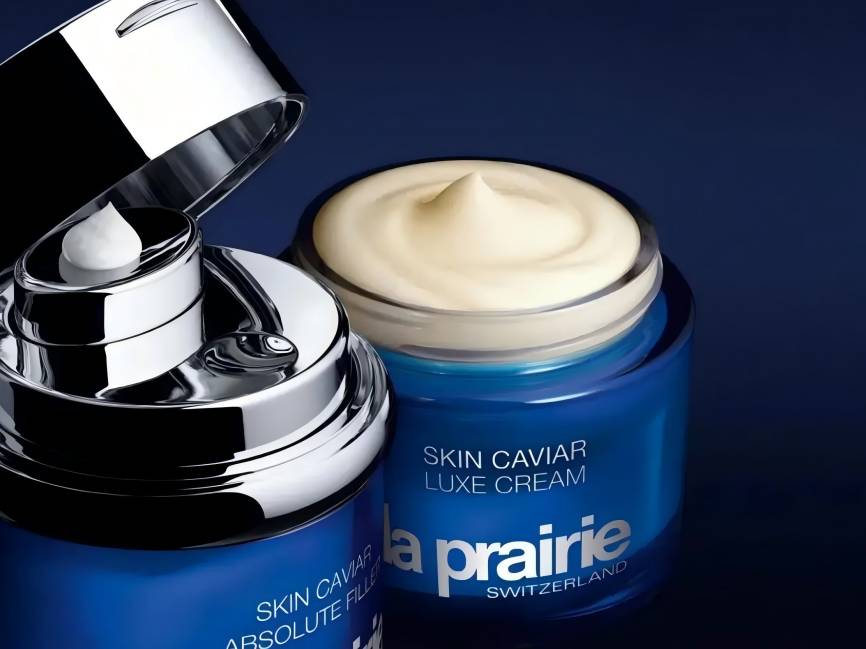
3 Applications of Hyaluronic Acid Powder in the Food Sector
Within China, hyaluronic acid ingredient is currently predominantly utilised in pharmaceuticals and cosmetics, with its application in food products still in its developmental phase. Following the 2021 national approval of sodium hyaluronate powder as a novel food ingredient, its application in both conventional foods and dietary supplements is gradually expanding.
Internationally, markets such as Japan and the United States have introduced diverse hyaluronic acid-containing foods, including capsules, tablets, and functional beverages. Domestic enterprises are progressively developing related products, driving innovative applications of hyaluronic acid within the food sector.
Green Spring Technology supplies food-grade, high-purity hyaluronic acid powder, characterised by excellent water solubility and stability. These are suitable for diverse food formats including beverages, solid drinks, gummies, and capsules, assisting enterprises in developing novel functional products aligned with market demands.
4 Applications of Hyaluronic Acid in the Medical Field
As a natural biomaterial, hyaluronic acid possesses excellent biocompatibility and degradability, establishing itself as a crucial raw material for numerous medical products.Its common clinical forms include sprays, gels, and membranes, extensively utilised in ophthalmology, orthopaedics, surgery, and other departments for adjunctive therapy and post-operative care.
Given its natural presence throughout human tissues, hyaluronic acid possesses high safety as a pharmaceutical ingredient and is now incorporated into numerous medical product developments and productions. Extensive clinical practices worldwide have advanced its standardisation and regulation within medical applications.
Green Spring Technology strictly adheres to pharmaceutical raw material standards, producing high-purity, safe, and compliant medical-grade hyaluronic acid powder. Our products exhibit stable performance and strong batch consistency, suitable for diverse medical applications including ophthalmic preparations, joint injections, post-operative anti-adhesion products, and wound care dressings. We provide safe and reliable raw material support for medical device and pharmaceutical enterprises.
5 Applications of Hyaluronic Acid in Pharmaceutics
5.1 Enhancing Pharmaceutical Formulation Stability
Hyaluronic acid and its derivatives demonstrate extensive application potential in drug delivery and formulation stability due to their excellent biocompatibility, controllable rheological properties, and diverse physicochemical characteristics. Research indicates hyaluronic acid can serve as a functional excipient to improve the physical stability of carriers such as liposomes, for instance, by maintaining particle morphology and distribution consistency during freeze-drying processes.
Furthermore, hyaluronic acid-based hydrogel systems have been developed to enhance the stability and retention properties of certain active ingredients, offering novel approaches for their application in complex formulation environments. As a naturally sourced, biodegradable polysaccharide, hyaluronic acid possesses significant advantages in constructing sustained-release systems and improving overall formulation performance, establishing itself as a key functional ingredient in pharmaceutical formulations.
Green Spring Technology supplies high-purity, safe, pharmaceutical-grade hyaluronic acid powder. Our products exhibit excellent film-forming properties, adhesion, and formulation stability, catering to diverse pharmaceutical development needs such as liposomes, gels, and sustained-release systems. We provide compliant, safe, and efficient formulation solutions for pharmaceutical enterprises.
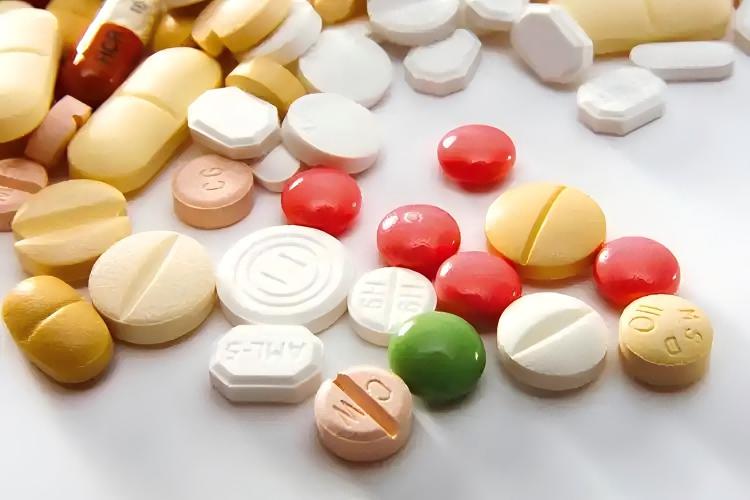
6 Applications of Hyaluronic Acid Powder in Biomaterials
As a natural biomaterial, hyaluronic acid exhibits excellent biocompatibility, degradability, and tunable physicochemical properties, finding extensive application in biomedical materials. Research indicates that hyaluronic acid-based materials demonstrate superior tissue compatibility and stable physicochemical behaviour in both in vitro and in vivo trials, making them suitable for diverse biomedical scenarios.
Through processes such as cross-linking and blending, hyaluronic acid can be processed into diverse forms including films, hydrogels, and porous scaffolds. It demonstrates excellent structural adaptability and functional versatility, offering rich material options for fields such as tissue engineering and regenerative medicine. It holds broad prospects in biomimetic material design and the development of novel medical materials.
Green Spring Technology is dedicated to supplying high-purity hyaluronic acid raw materials for the biomaterials sector. Our products feature controlled molecular weight and excellent process adaptability, enabling their extensive application in developing and manufacturing medical dressings, tissue engineering scaffolds, and regenerative medicine materials. We provide clients with safe, reliable, and compliant raw material support.
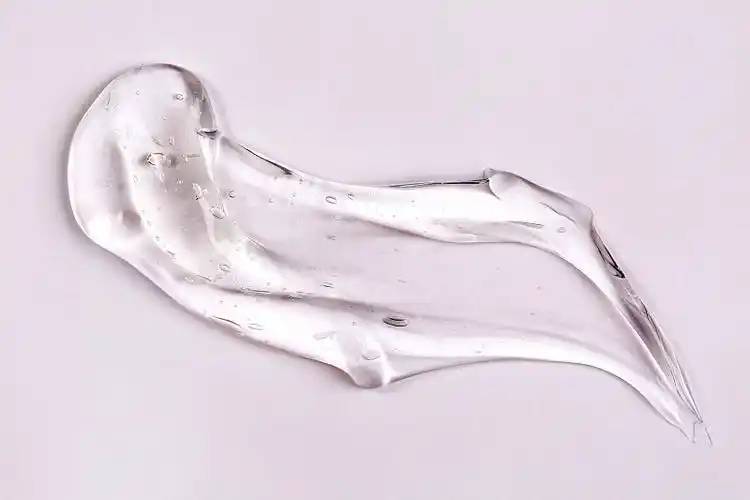
Перспективы на будущее
As a high-performance biomaterial, hyaluronic acid exhibits broad application prospects across pharmaceuticals, cosmetics, and food sectors. Its outstanding biocompatibility, moisturising properties, and degradability make it a crucial raw material for numerous high-value-added products. Although the industry currently faces common challenges in molecular weight control, product grading, and process maturity, the hyaluronic acid raw material market is poised for renewed development opportunities as technology advances and application demands expand.
Green Spring Technology specialises in providing high-quality hyaluronic acid powder solutions, offering products across food-grade, cosmetic-grade, and pharmaceutical-grade specifications. Through advanced fermentation processes and stringent quality control, we ensure high purity, stability, and batch consistency, helping enterprises address industry pain points such as reliance on imported high-molecular-weight materials, ambiguous grading standards, and process adaptation difficulties.

Leveraging localised production and sustained R&D investment, Green Spring Technology is committed to providing clients with stable supplies of cost-effective hyaluronic acid powder. This empowers enterprises to enhance product competitiveness while accelerating innovation development and marketisation processes.
Enterprises within the pharmaceutical, cosmetic, and food sectors are invited to contact Green Spring Technology to obtain product samples, technical documentation, and bespoke solutions. Please reach out via the following channels to explore collaboration opportunities and receive the latest quotation information. Please contact us at helen@greenspringbio.com or WhatsApp: +86 13649243917 now.
Ссылки на статьи
[1] бай хюйю, сюй цзинь, ли хюйцзюнь и др. Ход исследований по подготовке и применению гиалуроновой кислоты [J]. Химическая промышленность провинции гуандун, 2010, 37(11): 332.
[2] сон лей, ван тенгфей. Обзор текущего состояния исследований гиалуроновой кислоты [J]. Журнал шаньдунского колледжа легкой промышленности, 2012, 26(2): 78.
[3] чен ихан, е руй, цянь юэ и др. Научно-исследовательский прогресс в области биохимического производства гиалуроновой кислоты [J]. Журнал шанхайского института прикладных технологий, 2012, 12(2): 1124.
[4] Valarie L, Bruce A. очистка и липидовая зависимость рекомбинантных гиалуронанских синтазов от Streptococcus pyogenes и Streptococcus equisimilis [J]. J Biol Chem, 1999, 274(7):4239.
[5] Neuman MG, Orua L, Coto G и др. Сигналы гиалуроновой кислоты для восстановления при индуцированном этанолом апоптозе клеток кожи in vitro [J]. Клин биохем, 2010, 43 (10/11): 822.
[6] Ozgenel G, Et6z A. влияние повторных инъекций гиалуроновой кислоты на перитендные соединения после ремонта сухожилий flexor: предварительное рандомизированное клиническое исследование под контролем плацебо [J]. Ulus Travma Acil Cerrahi Derg, 2012, 18(1): 11.
[7] Balazs E A, Laurent T C. круглый стол discussion: новые приложения для hyaluronan [A]. Лоран т. с. химия, биология и медицинское применение гиалуронана и его производных [м]. Лондон: Portland Press, 1998: 325.
[8] Jiang Lixia, Wang Wenbin. Применение гиалуроновой кислоты и ее производных в медицине [J]. Китайский журнал восстановительной хирургии, 2010, 14(15): 56.
[9] сюй синь, ши даньпин, е вэньси и др. Прогресс в подготовке взаимосвязанных производных гиалуронанов [J]. Химическая промышленность гуандуна, 2012, 39(5): 99.
[10] Пан хонгмей. Обзор текущего состояния hyaluronan research [J]. Питание и ферментация сычуана, 2003, 1(8): 67.
[11] у суфан. Базовые знания и клиническое применение гиалуроновой кислоты [J]. Современная практическая медицина, 2010, 22(4): 171.
[12] Пан суцю, чжоу цзиньшень, чэнь цюсюань и др. Клиническое применение гиалуроната натрия [J]. Straits Pharmacy, 2011, 15(4): 252.
[13] гото м, ханю т, йошио т и др. Внутрисуставная инъекция гиалуроната (SI-6601D) улучшает боль в сустагланде и уровень простагландиновой синиальной жидкости E2 при ревматоидном артрите: многоцентровое клиническое исследование [J]. Clin Exp Rheumatol, 2001, 19(4): 377.
-
Предыдущий
Green Spring Technology's Comprehensive Standardized Pomegranate Peel Extract Ingredient Solution
-
Следующий проект
Empower Your Dietary Supplement Formulations with Hyaluronic Acid


 Английский язык
Английский язык Французский язык
Французский язык На испанском языке
На испанском языке Русский язык
Русский язык Корейская народно-демократическая республика
Корейская народно-демократическая республика На японском языке
На японском языке